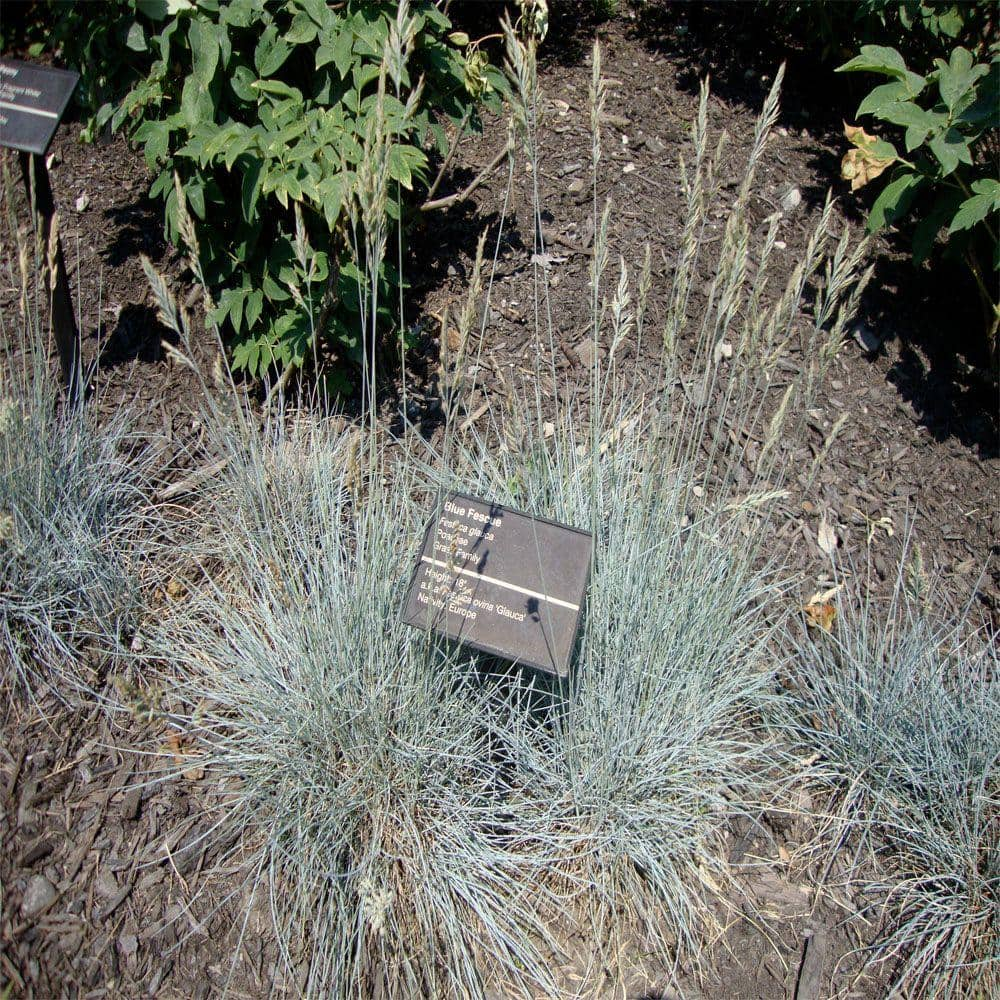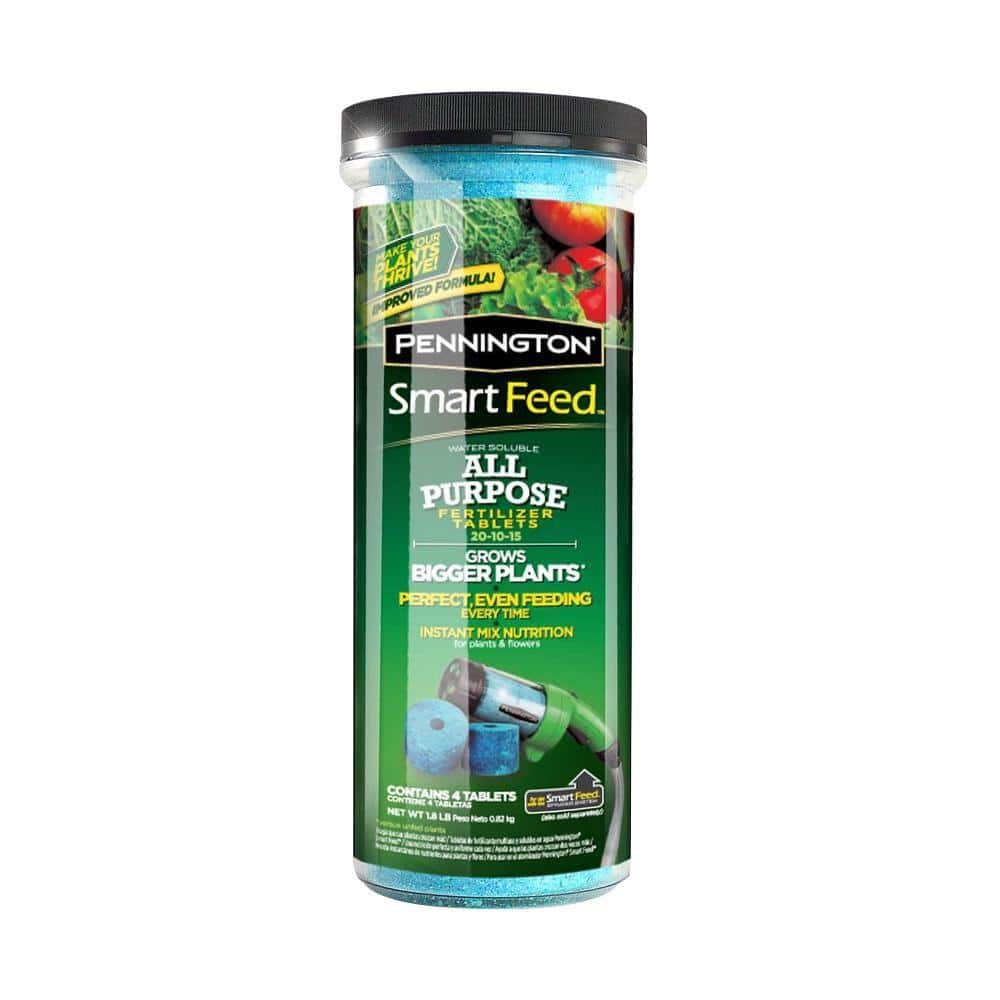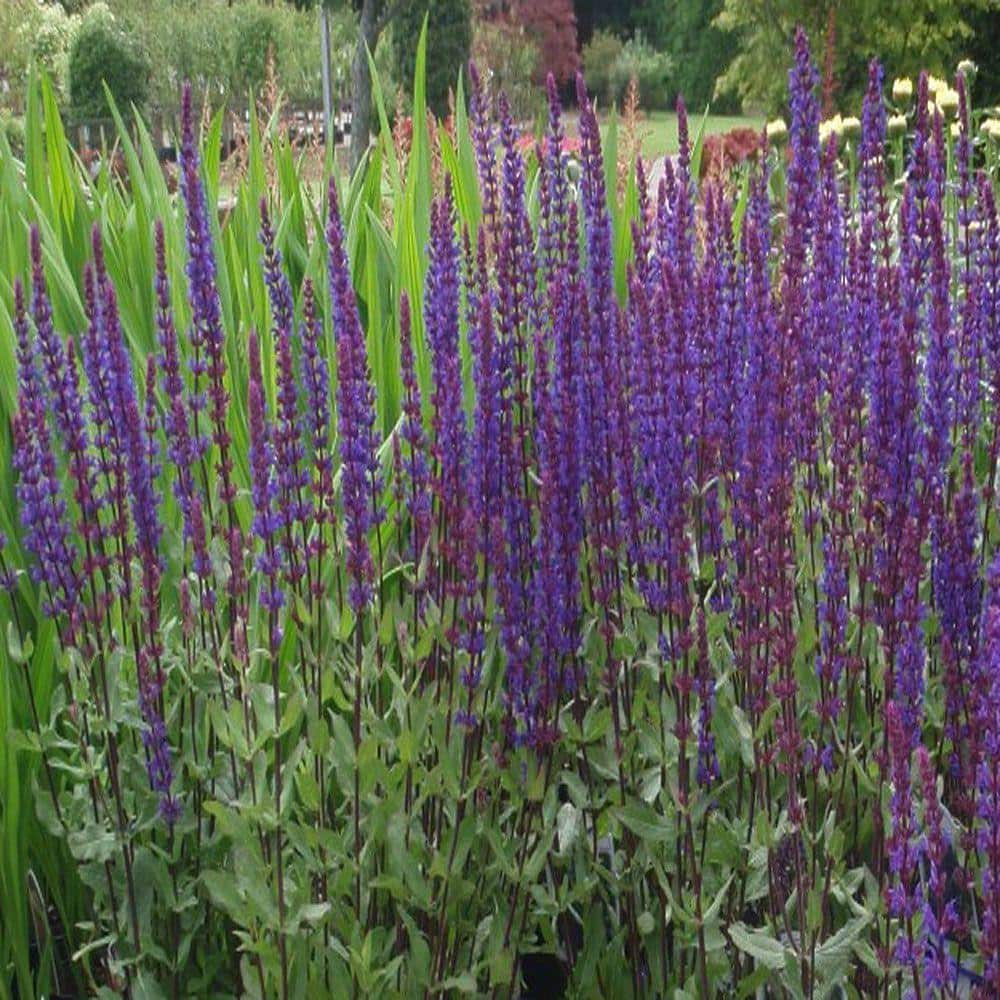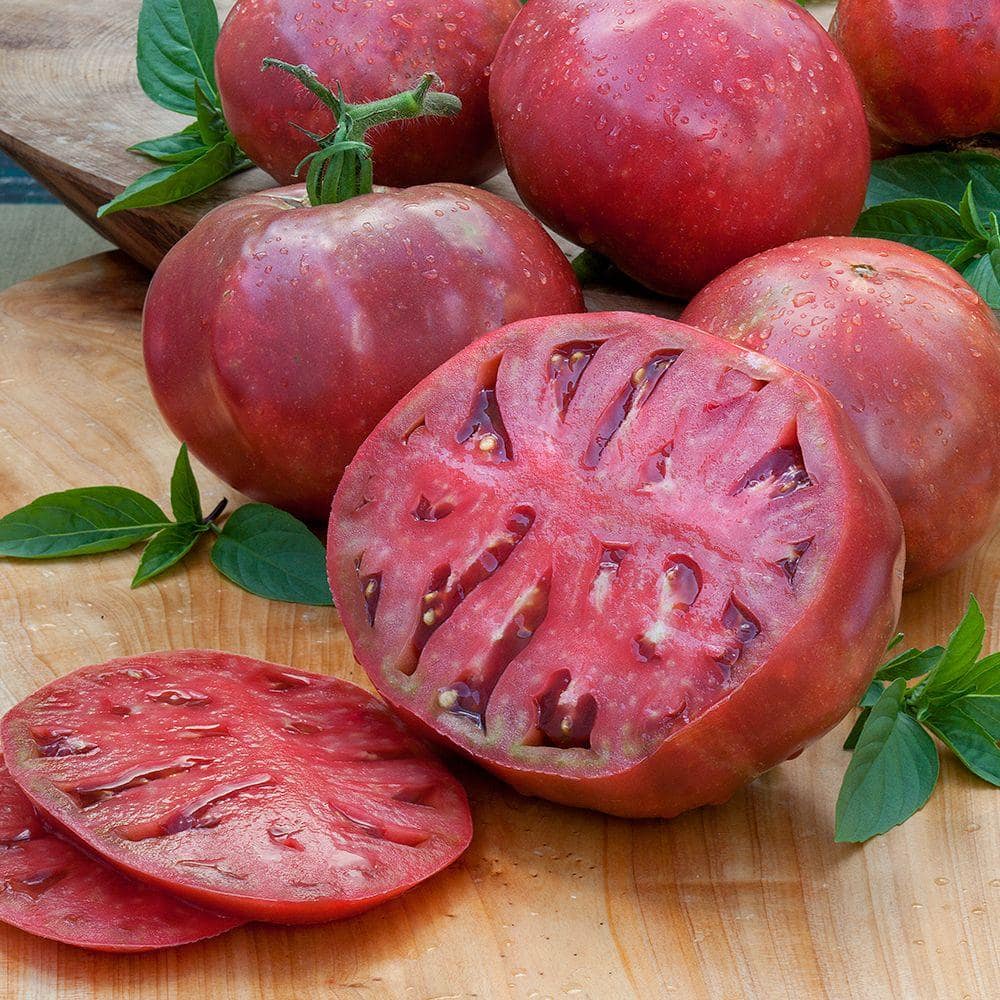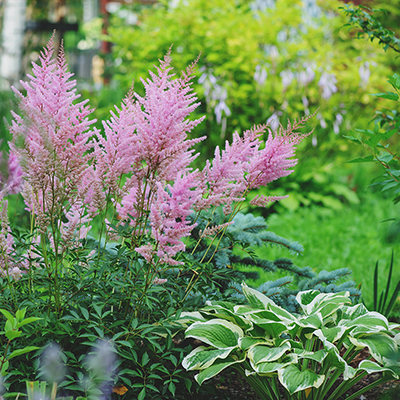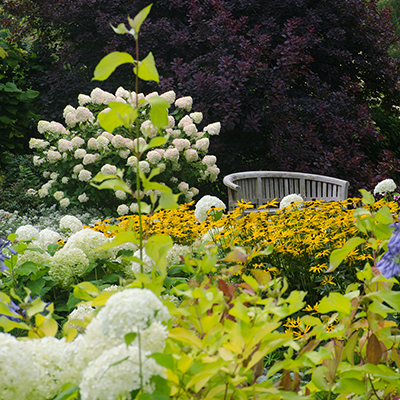Fall is the Best Time to Plant
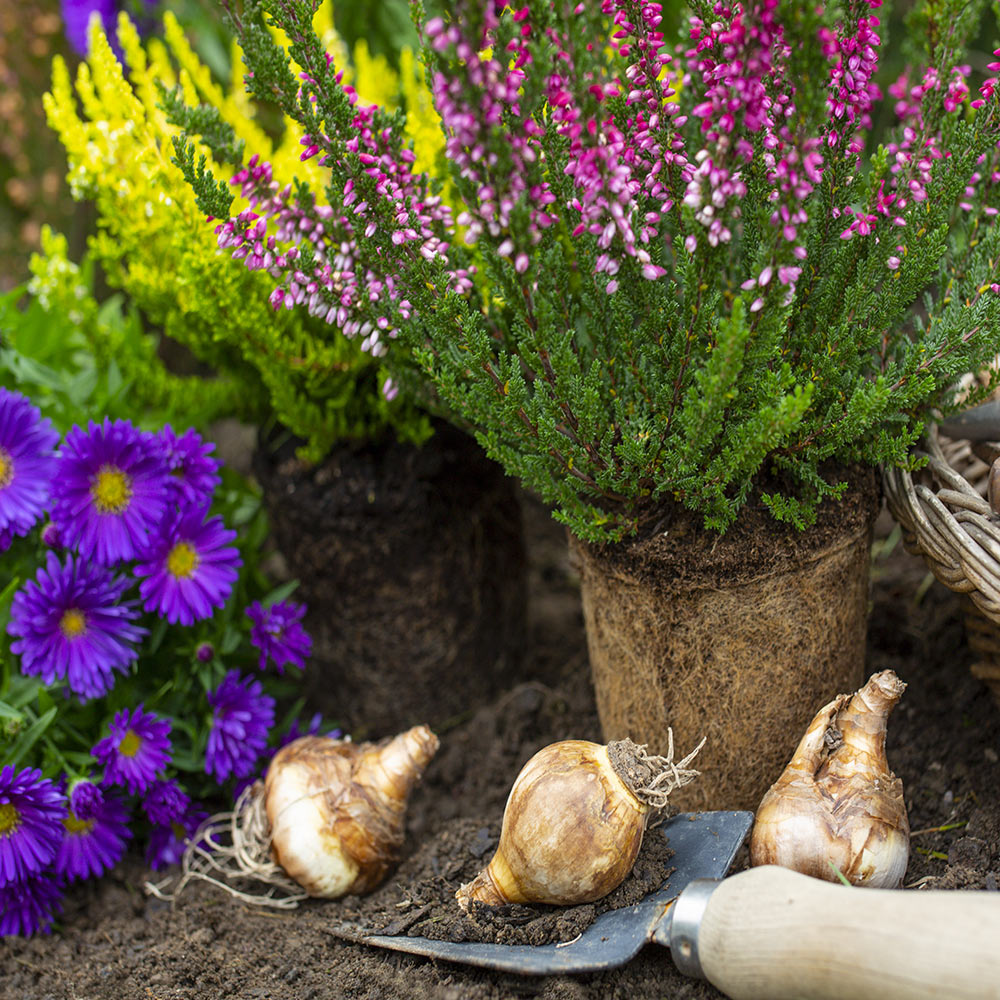
Last updated September 7, 2023
Conventional wisdom holds that spring is the time to plant, when the earth is just waking up from winter’s chill and the long, hot days of summer are ahead. Spring is the time when gardeners' wish lists are filled with flowering shrubs and perennials, as well as brightly colored annuals.
While you can’t deny the joy of planting in spring, there are many advantages to planting in fall. Autumn’s cooler temperatures and wetter weather mean a better start for trees, shrubs, bulbs and perennials. Vegetables and herbs grow well in fall, too, especially greens and root vegetables.
When you plant in fall, you take advantage of milder weather. More rain and moderate temperatures equals less watering. And when spring comes around, your plants will be in the ground, establishing root systems and ready to grow when the sun hits them.
Another bonus: Fall planting means you support pollinators with food and habitat at the beginning and end of the season. Your fall-planted perennials will provide sustenance in late fall and emerge early in spring to support pollinators like birds, bees and butterflies.
Check out these ideas for fall planting.Check out these ideas for fall planting.
Table of Contents
Plant Spring-Flowering Bulbs
Plant Perennials for Fall
Plant Shrubs and Trees
Plant a Vegetable Garden
Plant Fall Flowers in Containers
Plant Spring-Flowering Bulbs
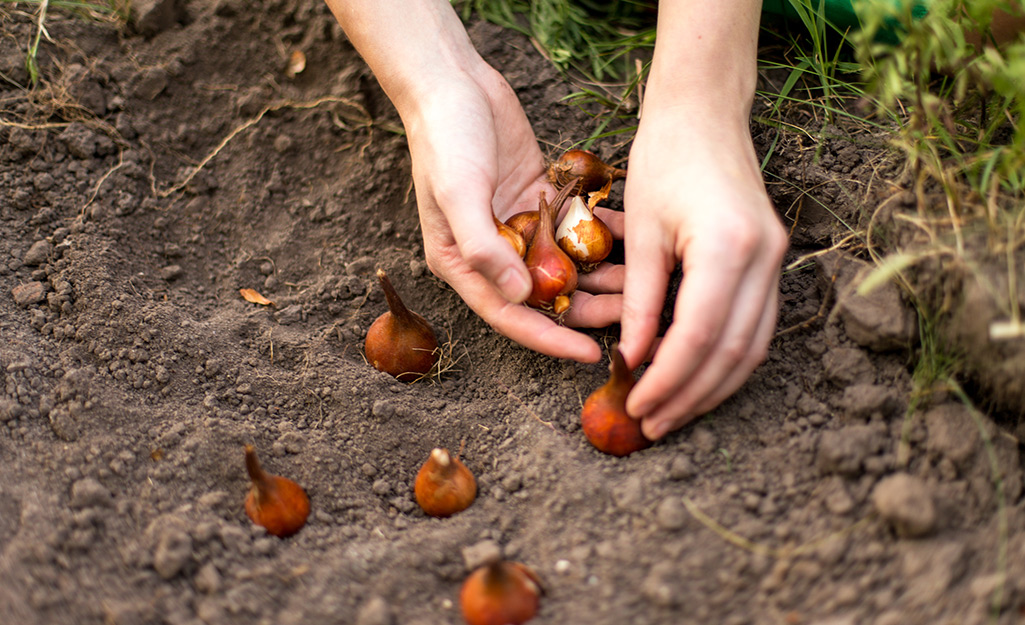
Spring bloomers like daffodils, crocus, tulips and hyacinth need chilling time, anywhere from 12 to 16 weeks of temperatures below 60 degrees Fahrenheit. Some bulbs require 6 to 8 weeks at temperatures between 35 and 45 degrees Fahrenheit. Learn more about planting spring-flowering bulbs.
When planting bulbs, keep in mind that irregular clusters of bulbs are more pleasing to the eye than rows. Use a bulb planter to help plant bulbs to the right depth, and add a slow-release fertilizer to the soil. Top with a 2- to 4-inch layer of mulch to protect the bulbs through winter.
Plant Perennials for Fall

Fall is the time to get perennials in the ground, so they get the best start for the long growing season next spring. When you plant, amend the soil with plenty of organic compost. In sunny areas, daisies, asters and mums will fill in your flower bed. In shady areas, rely on hostas, hellebores, astilbeand heuchera for color and texture.
Instead of (or in addition to) buying new, fall is the season to divide perennials and replant. It's the best time of year split your hostas and expand your own garden, or share with a friend. Follow this step-by-step project guide to learn how to divide perennials.
Finish your perennial bed with a blanket of mulch to help retain moisture and protect plants through winter.
Plant Shrubs and Trees
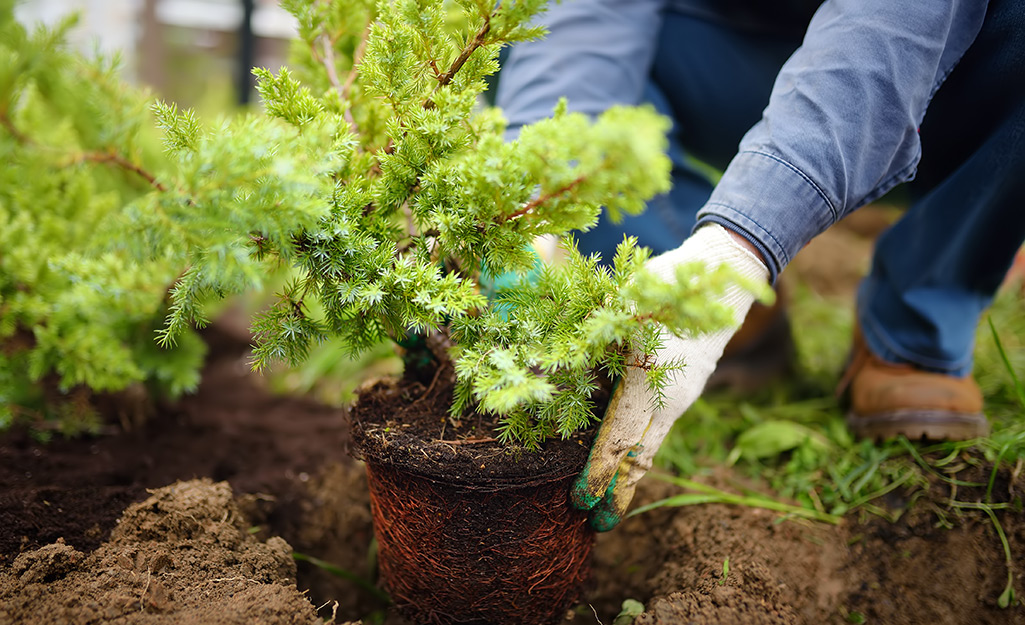
Fall is the best season to get new trees and shrubs in the ground. Both bare root and container-grown trees and shrubs appreciate warm soil temperatures to establish root systems, even as air temperatures grow colder.
When planting trees and shrubs, dig a wide, shallow hole, rather than a deep hole. Most shrubs and trees grow roots through the top 12 to 18 inches of soil, but those roots will spread horizontally beyond the plant’s canopy. It's not usually necessary to amend the soil in the planting hole. Instead, blanket with mulch and top dress with compost to nourish the plant through winter. Learn the steps to planting trees and shrubs.
Plant a Vegetable Garden

Tender greens like chard and spinach, and cole crops like collards, love the cool weather. In fact, frost makes the starches in vegetables turn to sugar, making them sweeter to taste. Read more about veggies that are sweeter after a frost.
The best way to take advantage of fall’s warm days and cool nights is to grow tender greens like spinach and lettuces. Prep a planting bed in a sunny location and sow seeds each week for a continual harvest.
Plant Fall Flowers in Containers
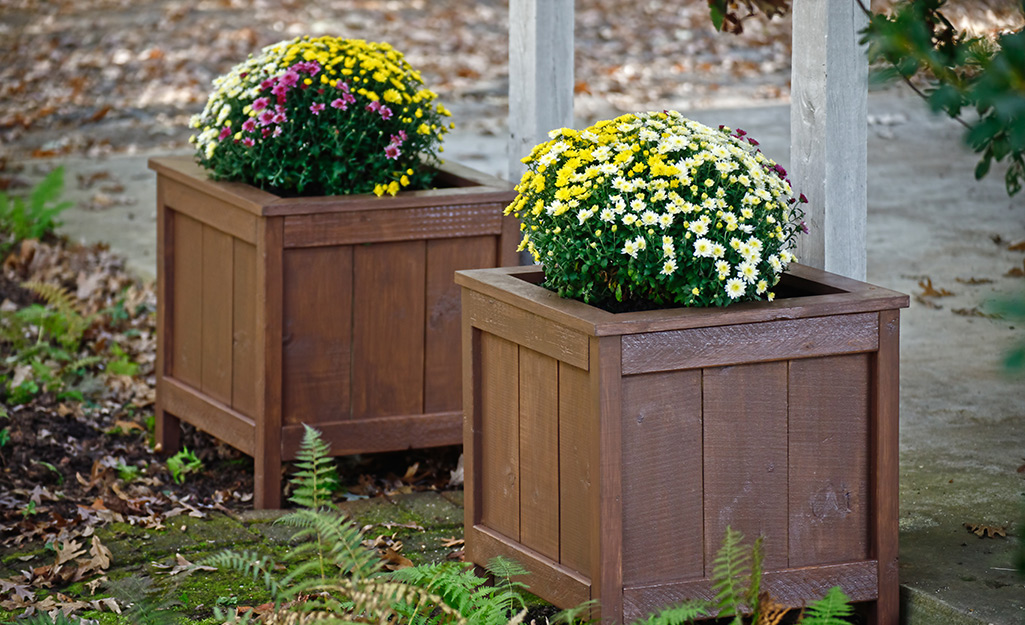
Container gardening is much easier in fall, when you’re not dealing with constant watering, deadheading and pruning. Moderate temperatures means less stress on the plants, and more time for you to enjoy the plant combinations you create. With the right mix, you can keep a container going from fall to spring. Coleus is a good choice for late summer containers. Look for bright green, rust and burgundy foliage for your fall planters.
Start with vibrantly colored mums to mix in with your late summer annuals and shrubs. At the end of the season, plant the mums in your garden, trim back the foliage and cover them with mulch for the winter. They will return again in spring.
Ornamental grasses are perfect partners in containers. Consider also pansies, especially Cool Wave varieties that last from fall through spring. For a stunning seasonal display, try flowering kale or cabbage surrounded by pansies and rainbow-colored Swiss chard with its brilliant pink, green and yellow stems.
Whether you need the right planters, seeds or potting soil, The Home Depot delivers online orders when and where you need them.
